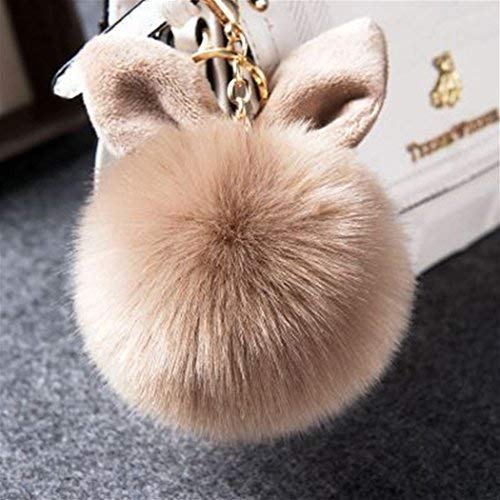In the non-winter season I feed any non-nightshade foliage (potato tubers are fine but must be cooked; nightshade fruits like peppers are okay but I haven't tried tomatoes. Nothing unripe, though, aside from the occasional green pepper.) Any weeds, pulled grasses, thistles, etc. They like most flowers and herbs but not crazy about horehound. Keep in mind that some flowers are toxic (at least to humans). It's good to research, even though (from my studying) most will be fine.I have been feeding my free range rabbits sprouted field Pea and Wheat mix, along with free choice Timothy and Alfalfa hay, whole oats and some black sunflower oil seeds. I have small mineral and salt blocks by the water.
My rabbits are in beautiful condition.
Because my rabbits are together all the time the Doe’s determine the kit bearing cycle. I will have young ones coming out of the holes end of February.
I add diatomaceous earth food grade to the bedding and feed. I have dust bath boxes for them with diatomaceous earth soil ash and sand as well.
Feed a lot of fruit tree and other tree limbs.
Anyone else feed this way?
Unless I know a plant is unsuitable, I offer a little and see whether they'll eat it. If they turn it down, I don't offer that plant. Mine won't eat purple veggies—interesting, because cabbage worms don't seem to bother the purples as much, either.
I gave my chickens DE for dust bathing in their coop. I'm not gonna do that again. Dust EVERYWHERE.
The only thing I could find it might be useful for is garden slugs & snails (which we don't have, thankfully). If you use it around your plants, remember it loses its effectiveness when wet, so you need to replenish after a rain or watering. Sprinkle it around and upon vulnerable plants. Maybe it'll help.
I want to move my bunnies into a colony setting like yours are. Waiting for spring, though. I think I'll put mine in a little stall in the barn. I'm sure they'd be fine outside through the warm months, but winter this year has been (and continues to be) awful... not sure I want to inflict that on them.









































